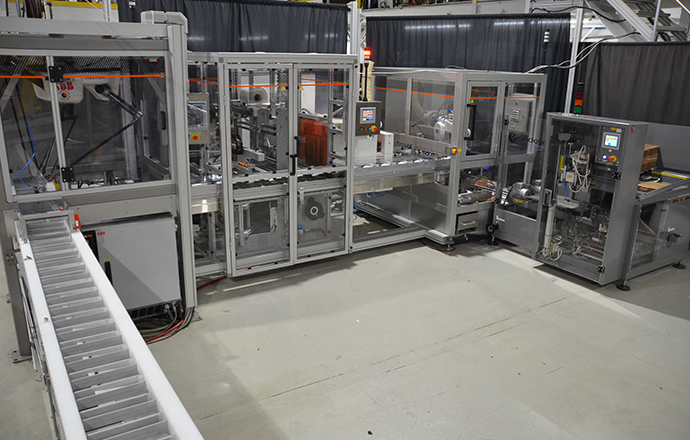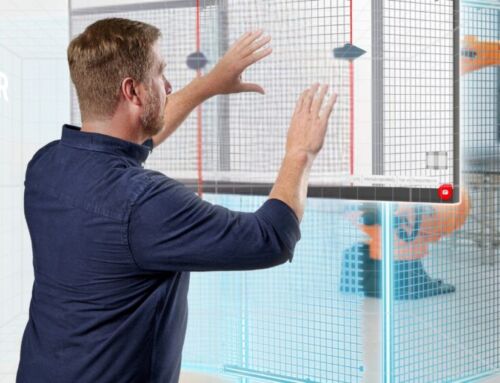In honor of International Women’s Day today, March 8th 2021, the item America team is sharing one of our most popular articles from the Advancing Women Engineers platform. The AWE platform was created as an outlet to showcase groundbreakers and glass ceiling breakers who are paving the way and encouraging the involvement of more women in STEM, particularly engineering. We hope that you feel moved to make a change in your own community after exploring the AWEsome content on AWE – and we’re always looking for programs or women to feature.
There is a mountain of myths surrounding the engineering profession – particularly the role of women within the industry.
The stereotypical engineer is commonly depicted as either a burly man in oily overall or a reclusive, introverted computer programmer. In reality, engineering is a hugely diverse and exciting sector with amazing opportunities available to women.
Let’s debunk some of the myths and misconceptions in the industry.
Women Aren’t Strong Enough to be Engineers
Diana Thomas McEwen is Chief Technician in the Dyson Centre for Engineering Design at Cambridge University. For her, one of the biggest myths of the profession is “that you have to be big and strong to work in these sectors.” She goes on: “I’m not big. I’m not strong. But I can certainly do just as much as my other, male colleagues.” Rather than strength, she believes “imagination is the biggest key” for making a success of it. Robyn Moates, Electronics Engineer at Green Energy Options, asserts how little physical exertion is required from her role too: “It’s all indoor, mostly computer-based work, or sitting in a lab working with components.” Being an engineer is not necessarily about brawn.
To be an Engineer, You Have to Get Your Hands Dirty (Literally)
“Engineering is not just engines,” says Elizabeth McCaig, Senior Specialist, Structures Rule Development team at Lloyd’s Register. “And it’s not just getting grease and applying tools. I work in an office. I haven’t been covered in grease in years for my job.” Female engineers often get told that they don’t “look” like an engineer. But in an industry with such a vast array of roles – from computer software and spacecraft design to nanotechnology and bridge construction – what does an engineer look like? You don’t have to wear overalls or grease to excel in the sector.
Women Are Too Timid to be Engineers
Historically, female engineers might have struggled to hold their own in a room full of male colleagues. Diana Thomas McEwen knows, firsthand, that this simply isn’t the case anymore. “I see everyday… more women coming through that have the right attitude and have the right confidence,” Diana says. They are able to “stand up to their male counterparts or colleagues or peers,” but “also have the right opinions, that perhaps would shock other people.” She says, in her experience, an older generation might sometimes want to “flatten these opinions” – but female engineers have learned to speak out and be heard.
Women Aren’t As Good at Science, Technology, or Math
According to a statistical paper published by the Women’s Engineering Society, “girls are now more likely than boys to achieve high A-B grades across nearly all STEM GCSE subjects (sometimes spectacularly so, e.g. in D&T where 49.9% of female entrants achieve A-B compared to 29.4% of male entrants, and in Engineering, where the respective figures are 36.8% girls and 17.3% boys achieving A-B grades).” It’s true that the proportion of girls pursuing these subjects further drops off dramatically, but the above statistics suggest cultural norms and other factors are to blame, rather than a lack of ability.
Women Excel at Soft Skills, Not Technical Ones
Technical ability is not defined by gender. “The stereotypical fact,” Diana Thomas McEwen says, “is women don’t know anything about engineering, which is simply not true. Absolutely not true.” Crucially, it’s a myth that being an engineer doesn’t require those skills defined as ‘soft skills:’ self-awareness, empathy, self-control, and an ability to listen. You can’t be a successful engineer without communicating effectively with clients and colleagues, working well in a team and remaining nimble and adaptable.
Women Can’t Reach the Top Jobs in Engineering
Of course, there’s work to be done: with more men than women entering the industry, it’s statistically probable that more men will climb to the top. But, given the same opportunities, women are just as capable of heading up projects, departments, and companies within the engineering sector. Marisa Mayer was the president and CEO of Yahoo! Between 2012 and 2017. Mary Teresa Barra has held the CEO position at General Motors Company since 2014 – and although she is the first female to head up a major global automaker, ther are undoubtedly others in close pursuit.
You Can’t be an Engineer and Raise a Family
Having children can be a challenge in any career, but with supportive employers and the right infrastructure, there is no reason why it should be harder within the world of engineering. Peggy Johnson just made the jump to become CEO of Magic Leap after serving as Microsoft’s Executive Vice President of Business Development and a 24-year stint at Qualcomm – all while raising three children, four dogs, and a cat!
The Advancing Women Engineers team aims to feature women who are groundbreakers and glass ceiling breakers, disproving these myths one at a time. Interested in reading about women making strides in their fields? Daniela Cortes is breaking gender stereotypes in mechanical engineering in Ontario through involvement in Women in Tech. Christy Roman is making strides as the leader of an organization dedicated to women in the automotive industry. Will you be next?









